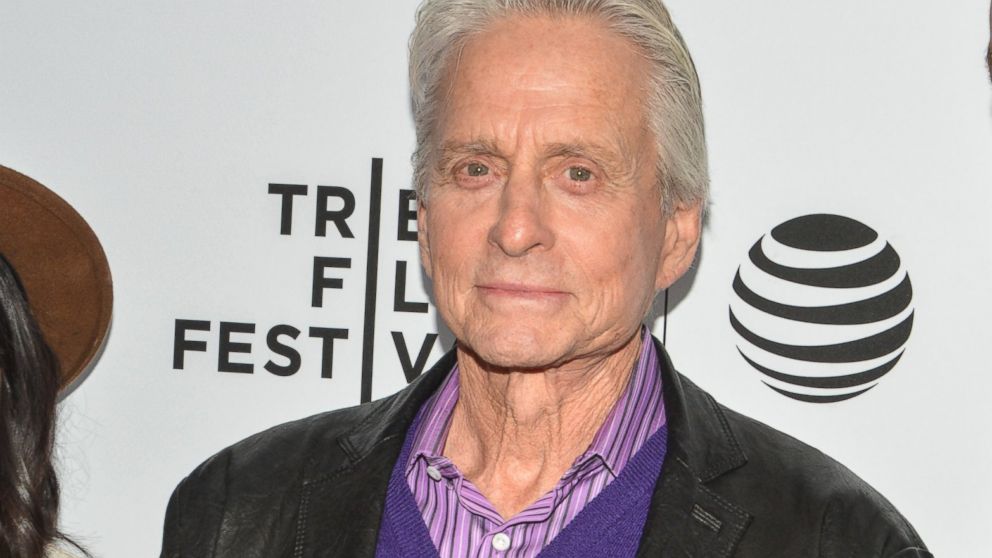Michael Douglas Recalls the Fears of Growing Up in Cold War Era
The actor spoke on behalf of "The Bomb," an installation at Tribeca Film Fest.

— -- This year's Tribeca Film Festival closed with an eye-opening installation titled "The Bomb," created by Smriti Keshari and Eric Schlosser, in hopes of educating a new generation about the fears the world lived through during the Cold War.
The installation, a 55-minute, 360-degree video that played at Gotham Hall in New York City this past weekend, was also championed by iconic actor Michael Douglas, who also recalled his memories of growing up during a post-World War II era.
"It's really moving," Douglas said of the artwork that he hopes can start a conversation among a younger generation who may not know the fears of nuclear warfare.
Schlosser, who wrote the 2014 book "Command and Control" about the ever-present danger of nuclear weapons, said Keshari came to him with the installation idea to "put the audience in the center of it."
He added that though virtual reality is "the trend" at the moment, it can be isolating, whereas "The Bomb" was meant to be shared with other Tribeca Film Festival goers.
"It's not didactic, it's not a lecture about nuclear weapons, it's something that I hope will energize people to think about the subject," Schlosser said.
"This is an issue I've been involved with for close to 40 years," Douglas added. "The Bomb" is "an emotional experience that might appeal to a younger generation, which has had difficulty for us to get them to try and relate to this issue."
Douglas, 71, said he grew up in New York and recalls the civil defense drills.
"I was told if I saw a bright light to duck under my wooden desk," he said. "I would visit my father in Hollywood, he had a bomb shelter at his house. It was part of our consciousness early on."
Douglas has two teens, Dylan and Carys, with wife Catherine Zeta-Jones, and said they've heard a lot from their father on this issue at home.
"I'm sure they will be strong advocates as they continue on this issue," he added.
Schlosser was in college during President Ronald Reagan's years in office and said "it was something that was talked about all the time."
"It was the top news story," he added.
Schlosser said the installation is a reminder that art can have an impact in a similar way "The Day After" did in the 1980's with the film that showed the after effects of nuclear war.
"The scary thing for me is it's a terrible problem nobody is talking about," the author added. "The fact that there isn't a discussion makes it that much more dangerous."




